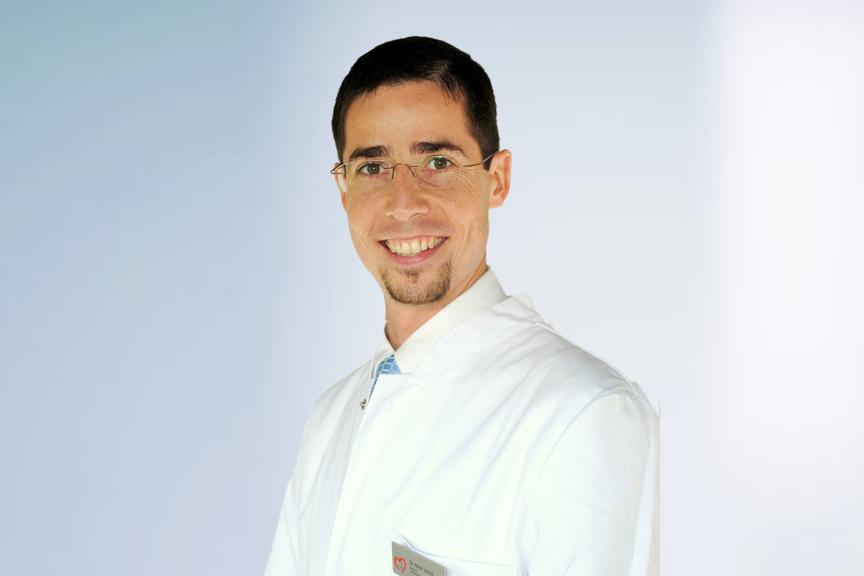Future of Resorbable Scaffolds Looks Rosier
As More Data Comes In, There’s Plenty of Reasons to Be Optimistic About Scaffolds

In their short time on the market, bioresorbable vascular scaffolds have generated plenty of discussion within interventional cardiology. According to the authors of “Fading Away or Hope for the Future,” published by the American College of Cardiology, the gold standard status of drug-eluting stents is based on forty years of data, whereas bioresorbable scaffold investigators are still conducting the studies that could provide higher-powered data for more patient groups. As recent registries churn out more encouraging data, leading researchers suggest it’s time for a more optimistic outlook.
Earlier this year, BIOSOLVE-IV researchers released 12-month outcomes of 400 patients treated with BIOTRONIK resorbable scaffold Magmaris. “The outcomes of the study are actually very encouraging,” says Dr. Stefan Verheye, principal investigator of the BIOSOLVE-IV registry. “The first 12-month follow-up with 400 patients demonstrated target lesion failure of around 4.3%. Scaffold thrombosis came in at 0.5% overall but dropped to 0.1% when researchers took out patients where early DAPT was interrupted.”
Over the last number of years, investigators have added both more patients and additional study targets to their registries. While the original BIOSOLVE-II registry, which looked at the safety and efficacy of the BIOTRONIK Magmaris scaffold, consisted of 123 patients, initial BIOSOLVE-IV outcomes are now available for the first cohort of 1,075 patients, with final enrolment now completed.
As BIOSOLVE-IV comes to an end, the RMS registry is set to continue clinical research into Magmaris. The registry looks at 1,000 patients from about 30 centres in 14 countries, including non-STEMI patients, patients with bifurcation lesions, and patients with diabetes. The top enroller for BIOSOLVE-IV and coordinating clinical investigator for RMS, Dr. Stefano Galli, is working on the hypothesis that this targeted list of specific indications will mean that many patients stand to benefit from the study.
He explains, “This is a technology that has a clear application in certain select cases. That’s probably about 25 percent of patients at the moment, so the selection process is key, but I believe it’s a very good solution for the right patients.”
So, who are the right patients and how might the technology change to best help the groups where resorbable scaffolds show the most benefit? Dr. Galli suggests that “As new sizes and longer scaffolding times are developed, while maintaining the same resorption times, I believe we’ll see an opening of indications and application, including use in longer lesions and for diabetic patients.”
Dr. Galli adds that he remains optimistic the technology will be especially beneficial for younger patients and could help avoid future events like scaffold thrombosis or neoatherosclerosis, but that the key to realizing these benefits in the future, is following the 4Ps implantation strategy: patient selection, proper sizing, pre-dilation, and post-dilation.
To learn more about the present and future of RMS visit www.magmaris.com
Is the future resorbable? What do you think?




















